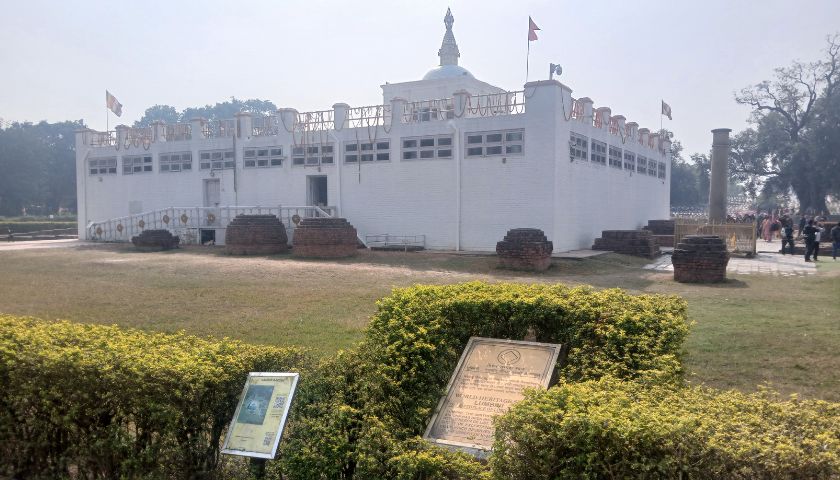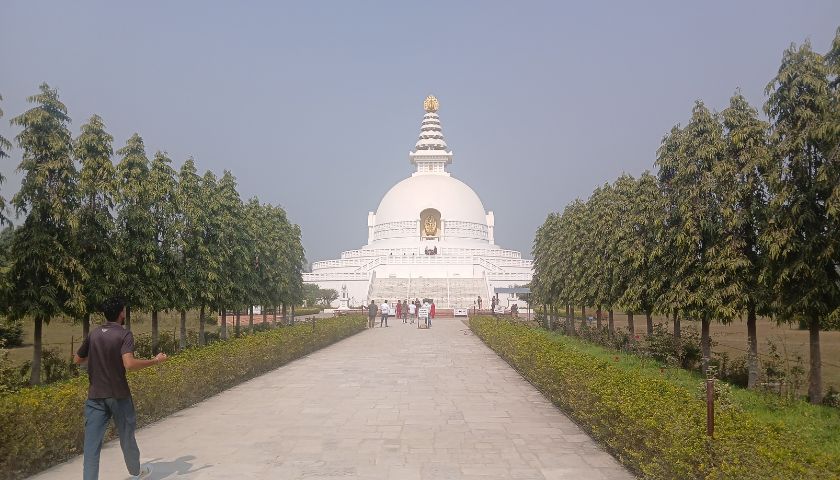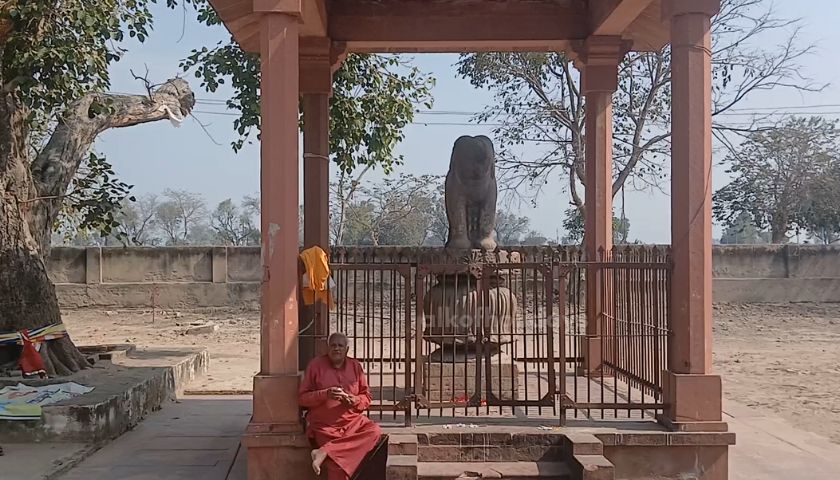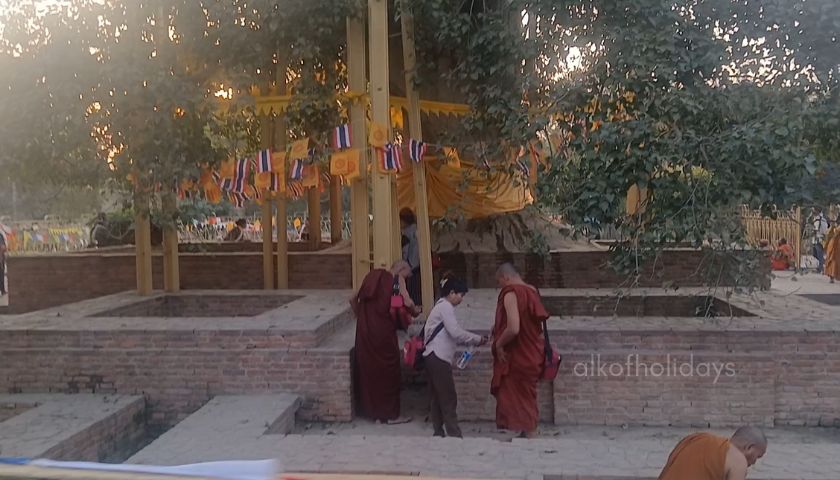The best time to visit Lumbini depends on your weather preferences and the kind of experience you seek. Here’s a seasonal breakdown to help you plan your trip:
Winter (October to February)
This is the best season to visit Lumbini. The weather remains cool and comfortable, with temperatures ranging between 8°C and 25°C—perfect for exploring the sacred sites and soaking in the peaceful ambiance. During this period, the skies are clear, and the atmosphere feels especially serene, making it ideal for meditation, temple visits, and leisurely walks through the monastic zones. It’s also the peak pilgrimage season, attracting devotees and travelers from across the world.
Summer (March to June)
Summers in Lumbini are typically hot and dry, with daytime temperatures soaring above 35°C. Sightseeing can become uncomfortable under the strong sun, but mornings and evenings remain pleasant enough for exploration. This is the off-season, so visitors who prefer fewer crowds and a quieter experience might still enjoy the trip with proper sun protection and hydration.
Monsoon (July to September)
The monsoon season brings moderate to heavy rainfall, refreshing the landscape and making Lumbini’s gardens and surroundings lush and vibrant. However, the rain can sometimes disrupt outdoor plans or temple visits due to slippery pathways. Still, for those who enjoy the tranquility of a rain-washed spiritual setting, this season offers a calm and meditative experience amid fewer tourists.
















